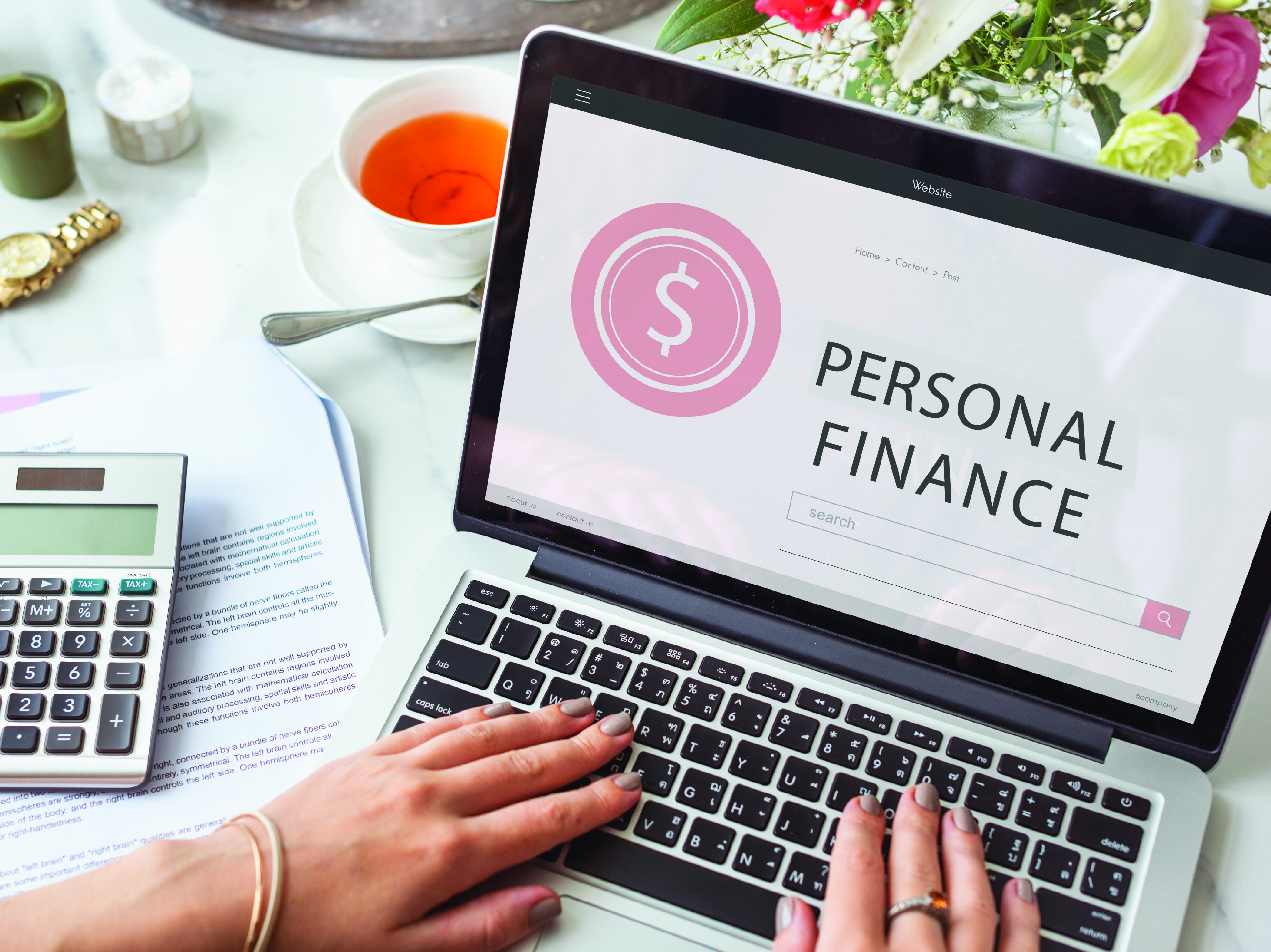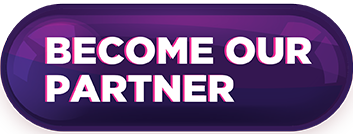These blogs are about Investment, Insurance, Mutual Funds, Tax Planning, Money Savings Ideas. You can find some unique and best pieces of content on each blog.
While I thought to start FinanceBuddy I found few best blogs managed by awesome guys like – Apna plan by Amit Kumar, Jago Investor by Manish Chauhan, MoneyExcel by Raviraj, MyDailyLifeTips by Santanu Debnath, MyInvestmentIdes by Suresh KP, Relakhs by ShreeKanth and many others.
Here is a list of 20+ best personal finance blogs in India.![]()

Jago Investor is an awesome finance blog by Manish Chauhan. He started JagoInvestor blog in 2008.
Manish is sharing the most valued and important information’s about Mutual funds, Investment, Money Saving, and Tax planning.
His Blog is listed in the top personal finance blogs in India. and
Every home ownership gives you the sense of identity and brings you joy,comfort and happiness. To experience this sense of ownership and good times this is the right time to plan to purchase a new home. To apply for a home is simpler and is available at your doorstep.More conveniently you can apply it online with few documentations and your dream of your own home can be proven into reality. There are multiple options available for home buyers at an affordable price segment. Apply for a home loan and get numerous benefits after availing it as it is provided at low interest for longer time.You can get a tax benefits on interest paid and loan amount repaid.The home loan provider assists you in terms of builders credibility and track record and the legal documents pertaining to the building. The key benefit of home loan is you can get it at minimum interest or EMI just as you pay your monthly rent and get the long tenure to repay the amount. Home loans have become very affordable today comparing to the past times.There are many home loan provider company that offer home loan at more attractive and pocket friendly segments without putting extra pressure on your finance.Most importantly you needn’t have to wait for that sufficient capital to build home you can plan it today with home loan and repay it up to next 30 years depending upon your eligibility and other norms. Purchasing a new home is the dream of people who are settling down in India.But the rising rate of real estate properties in India has thrown interest of people towards home loan as it helps their dream to become true in minimum budget. The list of most popular home loan you can consider is provided below.
Lorem Ipsum is simply dummy text of the printing and typesetting industry. Lorem Ipsum has been the industry's standard dummy text ever since the 1500s, when an unknown printer took a galley of type and scrambled it to make a type specimen book. It has survived not only five centuries, but also the leap into electronic typesetting, remaining essentially unchanged. It was popularised in the 1960s with the release of Letraset sheets containing Lorem Ipsum passages, and more recently with desktop publishing software like Aldus PageMaker including versions of Lorem Ipsum.
Contrary to popular belief, Lorem Ipsum is not simply random text. It has roots in a piece of classical Latin literature from 45 BC, making it over 2000 years old. Richard McClintock, a Latin professor at Hampden-Sydney College in Virginia, looked up one of the more obscure Latin words, consectetur, from a Lorem Ipsum passage, and going through the cites of the word in classical literature, discovered the undoubtable source. Lorem Ipsum comes from sections 1.10.32 and 1.10.33 of "de Finibus Bonorum et Malorum" (The Extremes of Good and Evil) by Cicero, written in 45 BC. This book is a treatise on the theory of ethics, very popular during the Renaissance. The first line of Lorem Ipsum, "Lorem ipsum dolor sit amet..", comes from a line in section 1.10.32.
There are many variations of passages of Lorem Ipsum available, but the majority have suffered alteration in some form, by injected humour, or randomised words which don't look even slightly believable. If you are going to use a passage of Lorem Ipsum, you need to be sure there isn't anything embarrassing hidden in the middle of text. All the Lorem Ipsum generators on the Internet tend to repeat predefined chunks as necessary, making this the first true generator on the Internet. It uses a dictionary of over 200 Latin words, combined with a handful of model sentence structures, to generate Lorem Ipsum which looks reasonable. The generated Lorem Ipsum is therefore always free from repetition, injected humour, or non-characteristic words etc.





